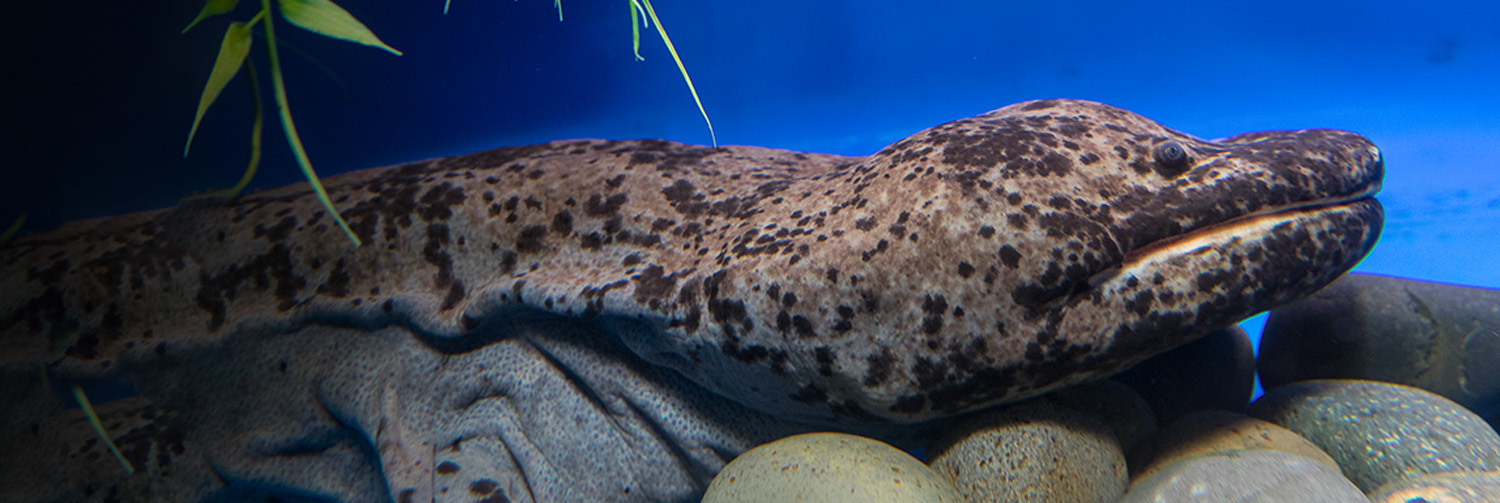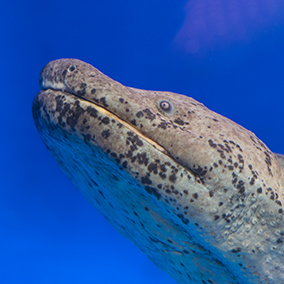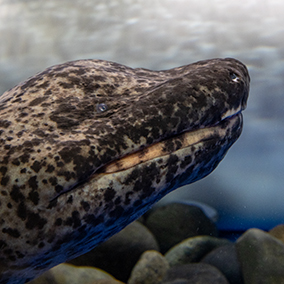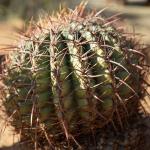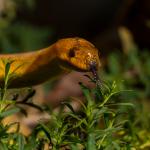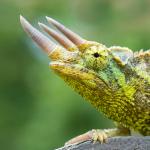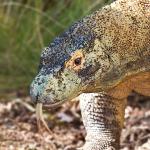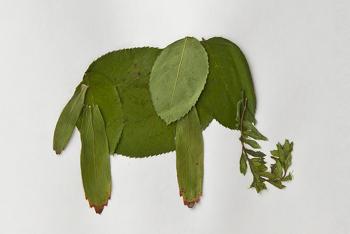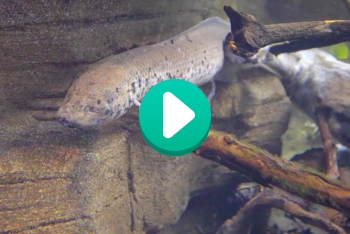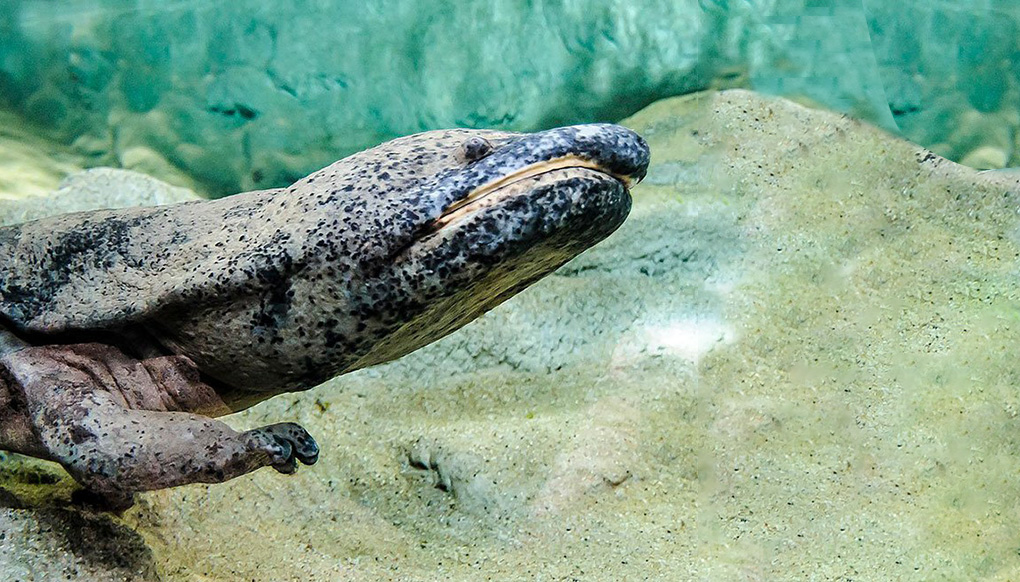
Chinese Giant Salamander

Amphibians


Endangered
facts

They are the largest amphibians on the planet.
As adults, these huge salamanders are top predators. They aren’t picky—they eat crabs, insects, fish, worms, snails, lizards, frogs, snakes, small mammals, and even smaller salamanders. As larvae, they eat plankton.

description
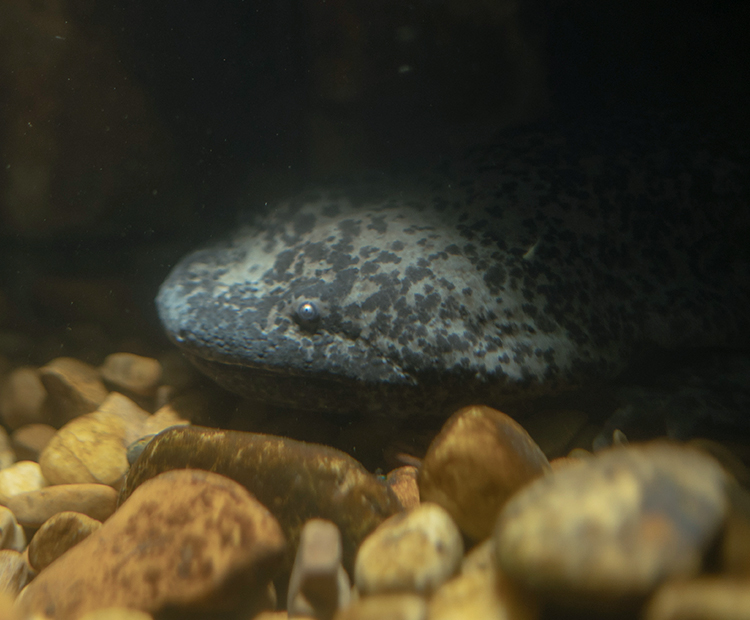
description
Hiding Out
If you wanted to hide at the bottom of a river, what would you wear? How about mottled grayish or greenish and brown? Chinese giant salamanders can hide in plain sight in the rocky river bottoms where they live. Still, they hole up in dens during the daytime to rest, and avoid predators like otters, foxes, weasels, and badgers.

Sit and Wait
Chinese giant salamanders are known as “sit-and-wait" predators. They wait for their prey to come to them. Their tiny eyes have poor vision, but the salamanders detect prey another way. They feel vibrations from animals in the water. When prey gets close enough, all they have to do is open wide. Just by opening their jaws, their large mouth quickly sucks in prey.

Den Master
During breeding season, a male giant salamander watches over an underwater den. A female visits to lay strings of tiny eggs for him to fertilize. He guards the eggs until they hatch into larvae. Several females may lay their eggs in his den, so he may not be able to leave for three or four months. During this time, he doesn’t eat.
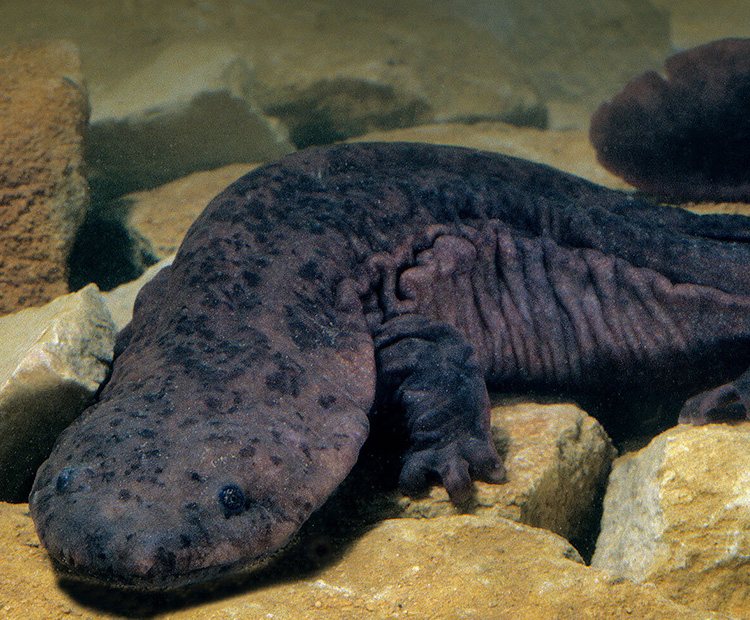
Threats
Habitat loss and water pollution are bad for these endangered salamanders. But the main threat is people. People hunt them for food, even where it is illegal. Some people have started giant salamander farms, but they sometimes take more salamanders from rivers when the ones they are raising don’t reproduce.

